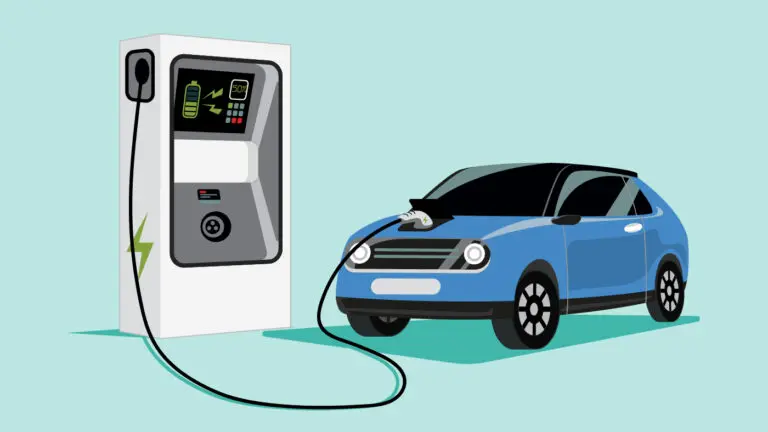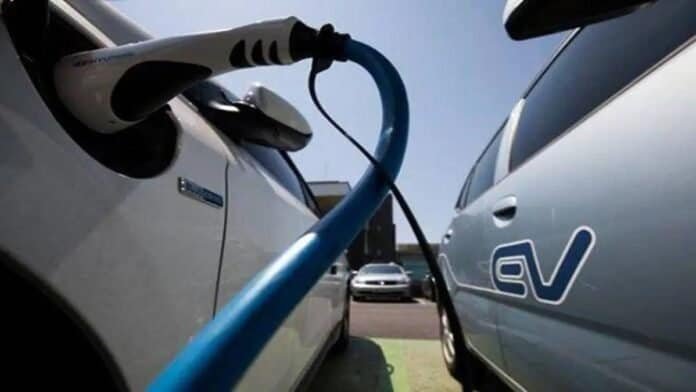According to a Bain & Company analysis, India’s electric vehicle (EV) value chain revenue pool is estimated to reach $76-100 billion by 2030, potentially translating to a $8-11 billion profit pool.
“The Indian automotive market is poised for rapid EV growth, due to the convergence of factors including government incentives, improving cost-competitiveness and original equipment manufacturer (OEM) investment, along with increased customer readiness and awareness,” the report noted.
According to Deepak Jain, a partner at Bain & Company and co-author of the paper, contributors to the auto revenue and profit pools in 2030 will be very different from those in the automotive sector today. “While 40-50% of revenue pool will come from auto OEMs, it will be significantly altered in the nature and composition,” he said. “New business opportunities such as battery (13%), charging (8%) and mobility (6%) will emerge. Unified platforms will become the next big play as many EV ecosystem players are looking for forward or backward integration to create a broader e-mobility ecosystem.”

Indian EV market has already seen $3.7 billion private equity and venture capital (PE/VC) investments over the previous three years, and this sum appears destined to climb dramatically as the industry develops.
Findings from the report indicate that 35-40% of all vehicles sold in India by 2030 will be EVs, up from 2% in 2022. “Two-wheelers and three-wheelers will be vanguards for EV adoption, achieving 40-45% penetration by 2030,” Jain said. “This is driven by several factors, including highly competitive total cost of ownership (TCO), limited need for public charging infrastructure given the adequacy of home charging for daily use, investments in building compelling product offerings with comparable performance to internal combustion engine (ICE) vehicles, and early adoption by delivery and logistics fleets.”
The four-wheeler electric passenger vehicle (PV) segment (broadly electric vehicles) is predicted to fall behind the adoption curve. Higher product performance and public charging infrastructure needs, as well as higher capital costs and TCO gaps, act as hurdles to adoption. By the end of this decade, this category is estimated to account for 15-20% of overall PV sales.

Despite lower penetration and volumes, electric PVs will account for around 41% of the revenue pool by value, followed by electric two-wheelers (33%).
According to the analysis, electric buses will have a penetration curve comparable to that of electric PVs by 2030, owing in large part to state transportation initiatives focused on fleet electrification for intracity transportation. “While we believe that deep EV penetration in India by 2030 is a realistic scenario, five key areas need to align to make it a reality,” added Mihir Sampat, partner at Bain & Company and co-author of the report.
Also Read:


